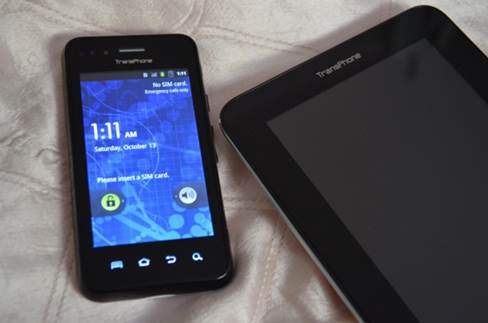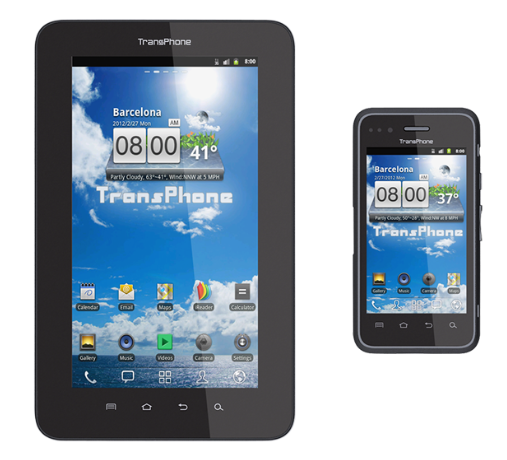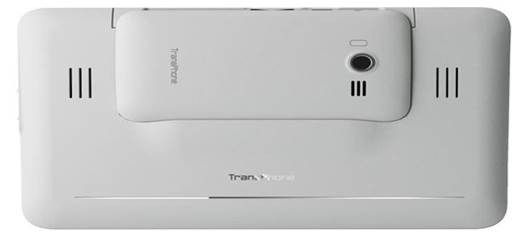Wanted to get your hands on an Asus
Padfone? Maybe the Transphone will suffice…
The Asus Padfone caused quite a stir when
it was first unveiled. A two-devices-in one product that saw a phone clip into
a larger shell to become a tablet was the height of innovation. However, Asus
had real difficulties bringing the product to market and while it did finally
go on sale in small numbers in Taiwan, the company has now launched version two
without us ever seeing it on the shelves in the UK.
If you’re interested in the idea, though,
maybe the Transphone (www.transphoneuk.com) is worth a look. It’s built along
similar lines to the Padfone but is not the cheap clone you might be imagining
— it was developed by the man who invented the USB key, and the company holds
three patents relating to the concept.

If
you’re interested in the idea, though, maybe the Transphone is worth a look
In its current form the Transphone is very
much built on entry-level lines. It’s a Gingerbread phone with a basic low-res,
3.5-inch display with ‘off-the-shelf’ specs (800 Mhz processor) and build
quality. The tablet part of the device is purely a shell, housing a seven-inch
screen and a battery that can be set to charge the phone as well. The ‘Trans’
mechanism works surprisingly well.

The
Transphone is an Android tablet and smartphone hybrid.
Clip the phone into the back of the tablet
and it immediately switches on the tablet display and within just a few seconds
you are working away on the larger device. The problem is that the screen
resolution is the same 480 x 800 pixels as on the phone, so instead of getting
the true benefit of a tablet, you are merely left with a blown-up version of
what you had before. You have to restart the application you were using
previously, too, so it’s not a seamless step in your workflow. The Transphone
does not become a great productivity device, then, but for some tasks like
playing and streaming video or using satnav, these issues are less important.

You
have to restart the application you were using previously, too, so it’s not a
seamless step in your workflow.
The Transphone costs $525, and is enjoyably
gadgety. The general lack of polish and refinement means we wouldn’t recommend
it to anyone more accustomed to using a device from a more renowned
manufacturer, but the performance is more than respectable when compared to the
budget end of the market. So for someone new to Android or anyone who enjoys
playing with quirky gadgets — it may be a relatively inexpensive way to
discover what these devices are capable of.

The
Transphone costs $525, and is enjoyably gadgety.